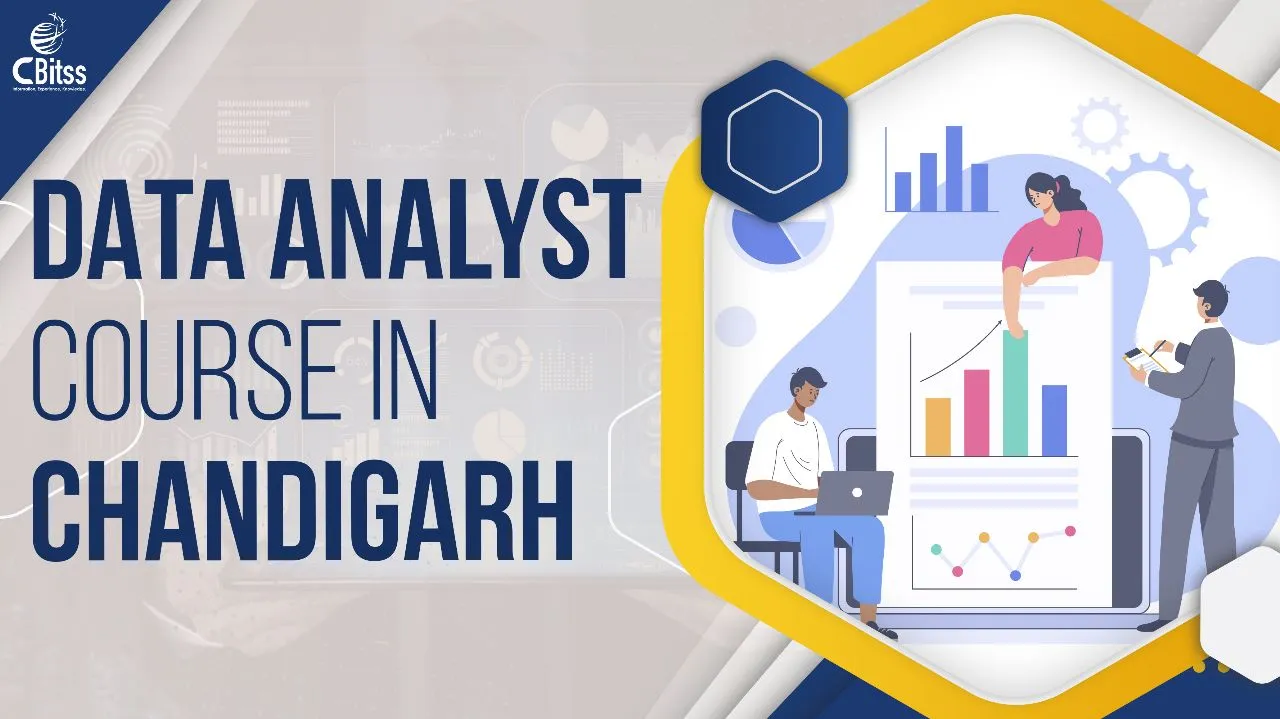What is big data analytics?
Big data analytics refers to the process of examining and analyzing large volumes of complex and diverse data sets, commonly known as big data, to uncover hidden patterns, correlations, and insights that can aid in decision-making and provide a competitive advantage.
Big data typically includes data from various sources such as social media, sensors, transactions, logs, and other structured and unstructured data. It is characterized by the three “V”s: volume, velocity, and variety.
Volume
Big data involves vast amounts of data that exceed the processing capacity of traditional database systems. It can range from terabytes to petabytes or even larger.
Velocity
Big data is generated at high speed and needs to be processed and analyzed in real-time or near real-time. For example, streaming data from social media platforms or sensor networks requires quick processing to extract meaningful insights.
Variety
Big data comes in various formats and types, including structured data (such as relational databases), unstructured data (such as text, images, and videos), semi-structured data (such as XML and JSON files), and streaming data. Analyzing and integrating data from multiple sources is a key challenge in big data analytics.
How does big data analytics work?
Big data analytics involves a multi-step process to extract valuable insights from large and complex datasets. If we provide a course of data Analyst training in Chandigarh. Here is a high-level overview of how big data analytics works:
Data Collection
The first step is to gather relevant data from various sources, such as databases, social media, sensors, logs, and more. This data can be structured, unstructured, or semi-structured.
Data Storage and Processing
Big data requires scalable storage and processing systems to handle the volume, velocity, and variety of data. Technologies like distributed file systems (e.g., Hadoop Distributed File System) and distributed computing frameworks (e.g., Apache Spark) are commonly used to store and process big data.
Data Cleaning and Integration
Before analysis, the collected data needs to be cleaned and preprocessed. This involves handling missing values, outliers, and inconsistencies. Additionally, data from different sources may need to be integrated and transformed into a consistent format.
Exploratory Data Analysis
In this phase, analysts explore the data to understand its characteristics, identify patterns, correlations, and outliers. Descriptive statistics, data visualization techniques, and exploratory data analysis methods are used to gain initial insights.
Data Modeling and Analysis
This step involves applying various statistical analysis, data mining, and machine learning techniques to extract meaningful insights from the data. These techniques may include regression analysis, clustering, classification, association rule mining, sentiment analysis, and more. The choice of the techniques depends on the specific goals and nature of the data.
Model Evaluation and Validation
The generated models are evaluated and validated to ensure their accuracy, reliability, and generalizability. This involves using appropriate metrics, cross-validation techniques, and comparing the models against predefined criteria or business objectives.
Insights and Visualization
The results of the analysis are translated into actionable insights and visualized in a clear and understandable manner. Data visualization techniques, such as charts, graphs, and dashboards, are used to communicate the findings effectively.
Decision Making and Implementation
The insights derived from big data analytics are used to support decision-making processes. Organizations can implement the recommendations and insights to optimize operations, improve strategies, enhance customer experiences, or drive innovation.
Continuous Improvement
Big data analytics is an iterative process. Feedback from the implemented decisions and outcomes is used to refine and improve the analytics models and processes. This ensures that the analytics capabilities evolve and adapt to changing business requirements.
If you required any then visit our website:- Data Analyst course in Chandigarh.
Read more article:-Recifest.




